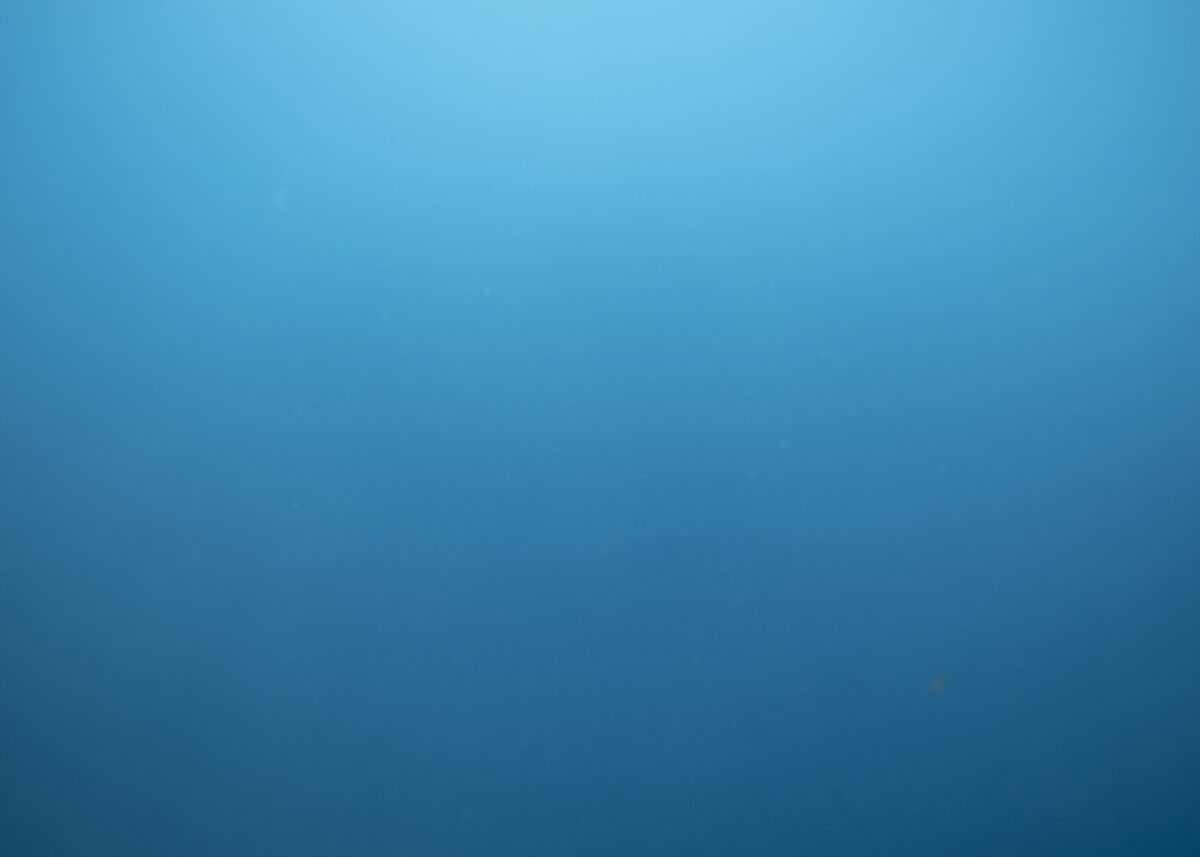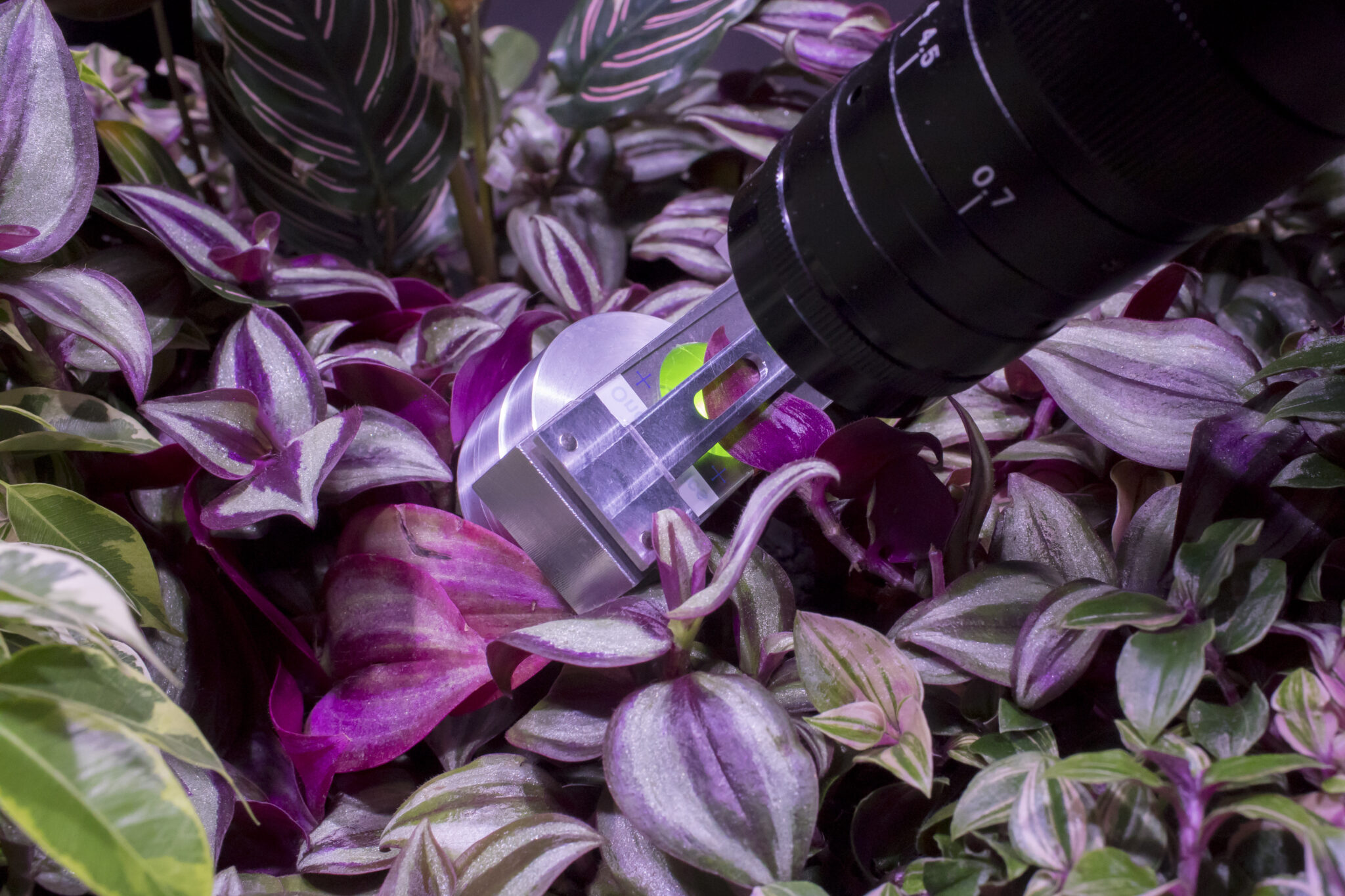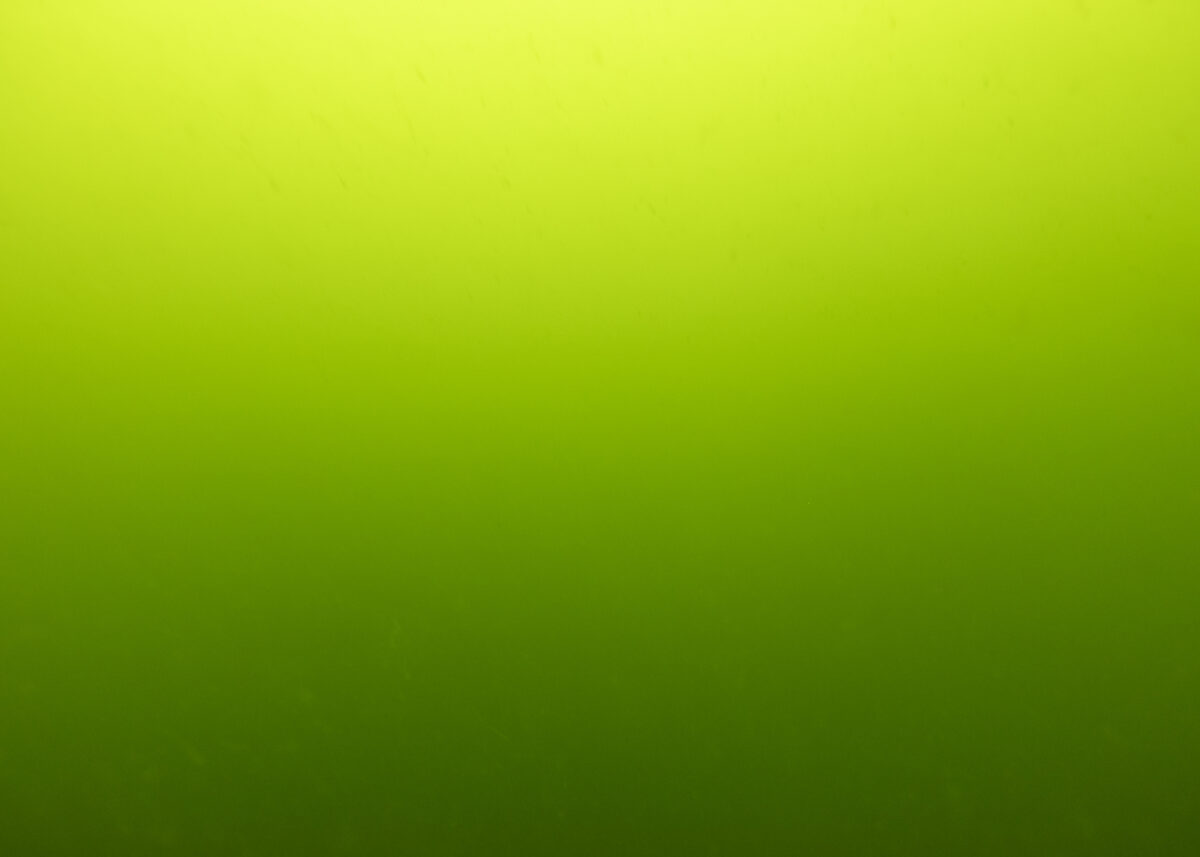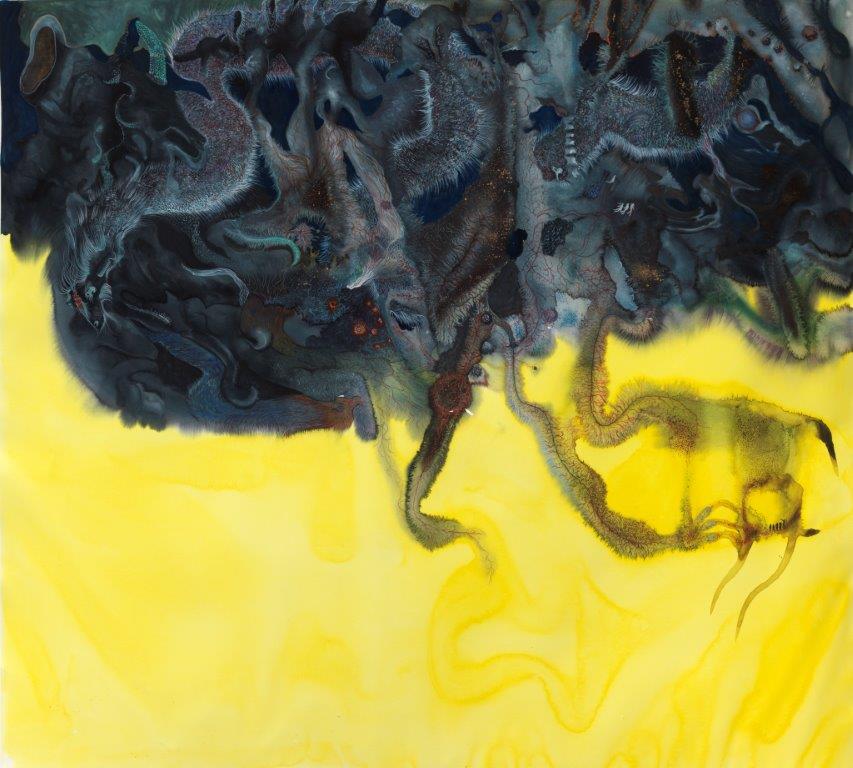
CALL FOR PROJECTS COAL PRIZE 2025: Freshwater
The COAL Prize 2025 dedicated to fresh water is a call to fight against the drying up of our sensitivities…

Ten projects by French and international artists have been nominated for the COAL 2020 Prize on Life. Four student projects from French schools in the field of art and culture have been nominated for the second edition of the COAL – Culture & Diversity student prize in partnership with the French Nature Reserves.
Image credits: Špela Petrič – Nociceptor_branje ustnic Galerija Kapelica
Published on 15 April 2020
In 2020, the COAL Prize is dedicated to the Living. This eleventh edition is part of the VIVANT program, a cultural Season for Biodiversity carried by COAL and its partners in preparation for the IUCN 2020 World Conservation Congress (International Union for Conservation of Nature), postponed from January 7 to 15, 2021.
At the same time, COAL and the Culture & Diversity Foundation award the COAL – Culture & Diversity Student Prize to a student from a school in the artistic and cultural field in partnership with the French Nature Reserves. Four student projects are nominated for this first edition of the COAL – Culture & Diversity Student Award.
The sixth mass extinction that threatens the diversity of life affects both species and ecosystems. In France, at present, 18% of the species, that is to say nearly one species out of five, are already considered as extinct or threatened. The last similar crisis was 65 million years ago, when the dinosaurs disappeared. Contrary to the five previous ones, this sixth extinction of the living world is caused by the impact of human activities. Five major causes have been identified: change in the use of natural areas, overexploitation of species, pollution, climate change and invasive alien species. The health crisis that the world is currently experiencing is the direct consequence of the forced exploitation of nature by man. A reaction from public authorities, the private sector, representatives of civil society and citizens is now urgent to halt the decline in the diversity of life.
Faced with a situation as complex as it is urgent, the COAL 2020 Prize invites artists from all over the world to mobilize in order to give an account of a world that is still alive, to feel and experience biodiversity, and finally, and above all, to take action and get involved alongside those involved in protecting nature.
Ten artists’ projects that testify, imagine, experiment and work for a world that is more respectful of life and ecological balance have been nominated for the COAL 2020 Prize, selected among several hundred projects from around the world. Through their creations, artists can incite decision-makers and citizens to take the measure of the urgency, that of a living being threatened and yet rich in an infinite diversity; to highlight the extreme fragility and the immense strength of the living being; and to contribute actively to stop its massive extinction.
THE FINALISTS OF THE 11TH EDITION OF THE COAL PRIZE AND THEIR PROJECTS ARE :
See the four artists nominated for the COAL – Culture & Diversity 2020 Student Award
PRESENTATION OF THE TEN ARTISTIC PROJECTS NOMINATED FOR THE COAL 2020 LIVING PRIZE
There are artists explorers who reveal atypical and unknown ecosystems, at the borders of the living, where biodiversity remains. With Les indemnes de l’art, Victor Remère surveys ignored and forbidden zones: the numerous French military grounds, which, maintained and preserved from any human exploitation for decades, have become true reservoirs of remarkable biodiversity. The artist invests them and helps to think of them as “laboratory-zones”, at the crossroads of scientific research, artistic practices, and agricultural know-how, which could lead to inventing, adapting and developing new strategies of defense, in the service of our precious biodiversity.
Paul Duncombe unveils a relief of extraterrestrial origin: the Manicouagan impact crater in Canada, nicknamed the Eye of Quebec, formed by a falling meteorite 214 million years ago. Accompanied by a multidisciplinary team, he paints an artistic portrait of this teeming territory, from the reclamation of the site by plants, insects and other living species, to the first indigenous cultures.
Linda Sanchez is fascinated by the reclamation by the living of disused places once colonized by man. Through her installation project Colonie, she composes with the ambiguous poetry of lichens. This pioneer organism, a symbiosis of a fungus and an alga, growing on more than 6% of the earth’s surface, will probably one day cover all the ruins of our western society.
Monarch, the butterfly that could tell the history of the world, a video installation project by Mexican artist Minerva Cuevas, traces the story of another iconic species: the Monarch butterfly, whose population has plummeted by up to 97% in a decade. This travelling butterfly, which every year, in a few months migrates from Canada to Peru, tells in its fall the chain collapse of the ecosystems of the American continent.
Many common species are also threatened: this is the case of sparrows, whose world population has dropped by 95% in thirty years. With The Sparrow Project, Éléonore Saintagnan aims both to explore the historical and scientific origins of its disappearance, through the cinema, but also to act concretely for its preservation through the collective realization of nest boxes and the mobilization of young people and artists in connection with associations and scientists.
Thus, artists also experiment with solutions in works and at work, true acts of resilience. With J’enherbe le monde, Anthony Duchêne collaborates with farmer-winemakers for the realization of plastic works and installations in situ that promote the development of biodiversity, making the soil, the plant landscape and the mineral world, the fertile ground of his works and vice versa.
The plant as a source of artistic supply is the heart of Louis Guillaume‘s project. Seasons and species, structures of the living aims to reconnect artistic practice with the cycle of the seasons by developing know-how around natural materials, specific to each period of the year.
With Écoumène, Lia Giraud uses the inherent technicality of living organisms and particularly the purifying faculties of micro-algae as a concrete solution to water purification, but also as a creative support for living images with her algae graphics, images born from the process of photosynthesis.
Between exploration, unveiling and solution, the artistic creation also invests the field of the fiction and the dystopia, to better have a grip on the reality. To address the issue of marine plastics, the debate on the responsibility for pollution of international waters and new discoveries on the importance of the deep sea ecosystem and the seabed on the balance of the planetary system, the Center for studies of Ocean Floor as Ceiling of the collective Hypercomf by Greek artists Ioannis Koliopoulos and Paola Palavidi, stages a fictional and immersive visit of the ocean floor. Guided by an imaginary story, they promote inventive, creative and functional solutions for the use of plastic materials and pollutants from beach cleanups.
From the functional to the fictional, from the fictional to the functional, these back and forth movements feed the imagination of Spela Petric who, through his PL’AI plant-machine project, within an interdisciplinary team of scientists, artists, programmers and engineers, is working, not without humor, on the fabrication of a machine that would consider itself a plant. In response to the disregard for plants and their capabilities, PL’AI creates new playful interactions between plants, machine learning and artificial intelligence at a time when computational abstraction and algorithmic governance have become our reality.
JURY 2020
PARTNERS 2020
The COAL 2020 Prize is supported by the Ministry of Ecological and Solidarity Transition, the Ministry of Culture, the European Union via the European cooperation program ACT (Art Climate Transition), the French Office of Biodiversity, the Museum of Hunting and Nature and the François Sommer Foundation, the MGEN and a partnership with the French Committee of the IUCN.
DOTATION
The winner of the COAL Prize receives an endowment of 10,000 euros from the François Sommer Foundation and COAL, including a residence at the Domaine de Belval, property of the François Sommer Foundation. The François Sommer Foundation, recognized as a public utility since its creation on November 30, 1966, was created by François and Jacqueline Sommer, pioneers in the implementation of a humanist ecology. Faithful to the commitments of its founders, it works for the protection of a biodiversity where man finds his rightful place, for the respectful use of nature’s resources and the sharing of the wealth of natural, artistic and cultural heritage.
Find out more:
The COAL Prize 2025 dedicated to fresh water is a call to fight against the drying up of our sensitivities…
Created in 2019, the COAL Student Prize aims to support, through a residency in partnership with France’s Nature Reserves, students…
At a time when knowledge alone is no longer enough to motivate action, the Prix COAL 2024 calls for transformation…

